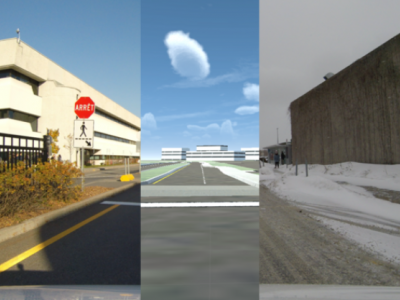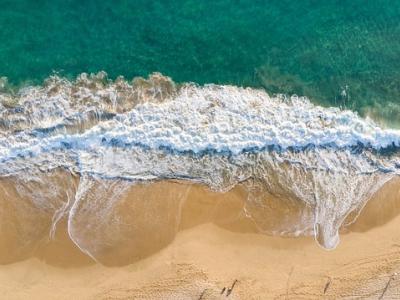Image Processing

This study utilizes the open-source datasets FAIR1M and HRSC2016 as foundational resources to construct an optical remote sensing image dataset for rotated ship target detection. The dataset encompasses nine ship categories: Dry-Cargo-Ship, Engineering-Ship, Fishing-Boat, Motorboat, Tugboat, Passenger-Ship, Warship, Liquid-Cargo-Ship, and Other-Ship.
- Categories:
 18 Views
18 Views
Hyper-spectral unmixing is a technique to estimate the abundances of different endmembers in each mixed pixel of remote sensing images. Deep learning has made significant progress in this area, offering automatic feature extraction, nonlinear pattern recognition, and end-to-end solutions. However, existing deep learning models have not fully utilized the spectral information of endmembers, leading to insufficient data mining.
- Categories:
 31 Views
31 Views
To investigate SAM's potential in the continual scenario, we construct a benchmark for continual segmentation, called Continual SAM Adaptation Benchmark (CoSAM), which aims to systematically evaluate SAM-related algorithms's performance in the streaming scenarios. Specifically, CoSAM offers a set of 8 tasks covering diverse domains, including industrial defects, medical imaging, and camouflaged objects, to serve as a realistic and effective benchmark for evaluating current methods.
- Categories:
 15 Views
15 Views
The UQTR dataset consists of 7838 real and synthetic images of the Université du Québec à Trois-Rivières (UQTR) campus road under normal and snow conditions. The image resolution is 1280×720. It includes lane labels in .txt files, where each row stores the set of points of a lane. The points are stored as x1 y1 x2 y2, as in the tutorial by Ruijin Liu, Zejian Yuan, Tie Liu, Zhiliang Xiong: Train and Test Your Custom Data.
- Categories:
 195 Views
195 Views
Shape completion remains a fundamental challenge in computer vision and image processing, particularly for tasks involving hand-drawn sketches and occluded objects. Traditional deep learning methods such as Generative Adversarial Networks (GANs) and Convolutional Neural Networks (CNNs) often suffer from high computational costs and poor generalization on sparse, abstract structures.
- Categories:
 29 Views
29 Views
<p>ImageNet is a large-scale visual database widely used in the field of computer vision, especially for object recognition tasks. It contains millions of labeled images, organized into multiple categories, and is used for training and evaluating image classification models. ImageNet datasets are widely used for training deep learning models, particularly Convolutional Neural Networks (CNNs). ILSVRC2012 (ImageNet Large Scale Visual Recognition Challenge 2012) is a part of ImageNet and is a competition for image classification and object detection.
- Categories:
 15 Views
15 Views
ImageNet is a large-scale visual database widely used in the field of computer vision, especially for object recognition tasks. It contains millions of labeled images, organized into multiple categories, and is used for training and evaluating image classification models. ImageNet datasets are widely used for training deep learning models, particularly Convolutional Neural Networks (CNNs).
- Categories:
 14 Views
14 Views
<p>ImageNet is a large-scale visual database widely used in the field of computer vision, especially for object recognition tasks. It contains millions of labeled images, organized into multiple categories, and is used for training and evaluating image classification models. ImageNet datasets are widely used for training deep learning models, particularly Convolutional Neural Networks (CNNs). ILSVRC2012 (ImageNet Large Scale Visual Recognition Challenge 2012) is a part of ImageNet and is a competition for image classification and object detection.
- Categories:
 5 Views
5 ViewsThis dataset comprises 32-bit floating-point SAR images in TIFF format, capturing coastal regions. It includes corresponding ground truth masks that differentiate between land and water areas. The covered regions include the Netherlands, London, Ireland, Spain, France, Lisbon, the USA, India, Africa, and Italy. The SAR images were acquired in Interferometric Wide (IW) mode with dual polarization at a spatial resolution of 10m × 10m.
- Categories:
 302 Views
302 Views

